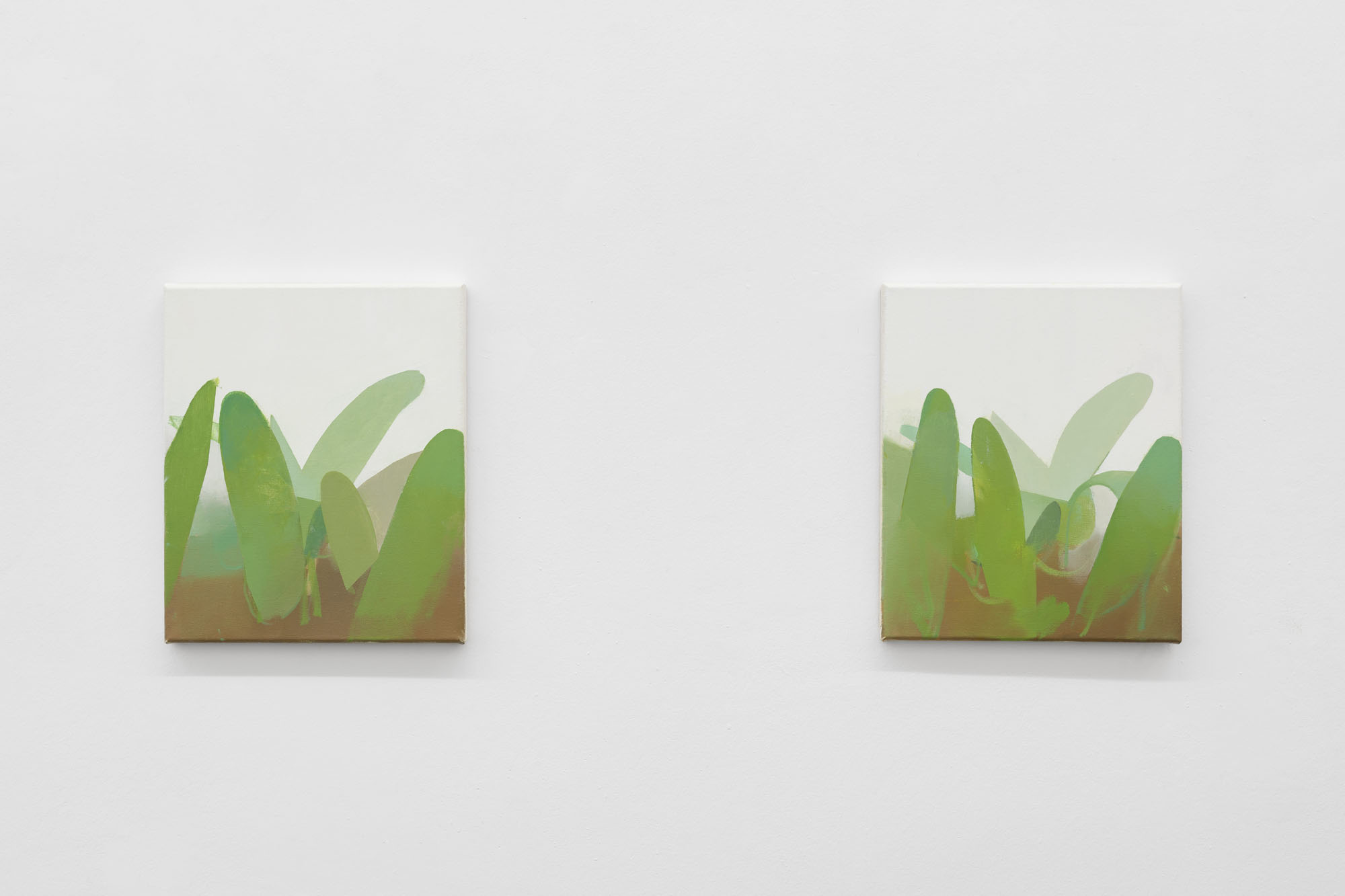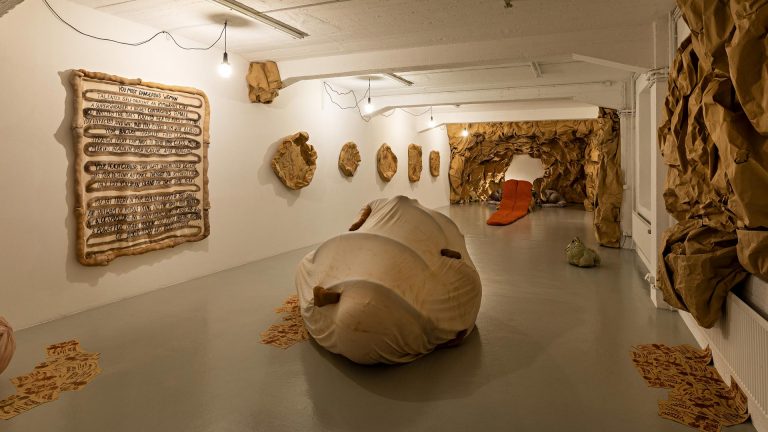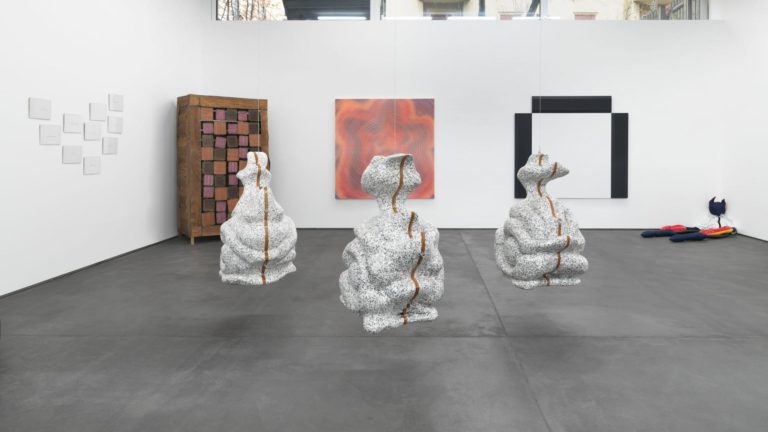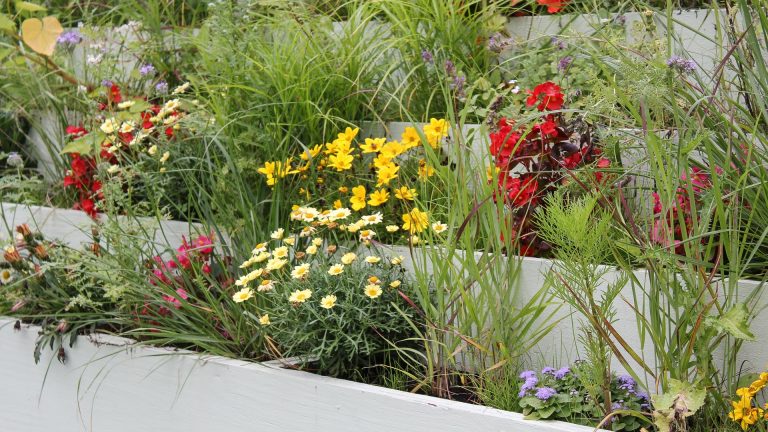Artist: Manuel Stehli
Exhibition title: some kind of change
Venue: STUDIO PICKNICK, Berlin, Germany
Date: June 1 – 22, 2019
Photography: all images copyright and courtesy of the artist and STUDIO PICKNICK, Berlin
Speak, you too,
speak as the last one,
have your say.
Speak –
But do not separate the no from the yes.
Give your saying also meaning:
give it its shadow.
Paul Celan, Speak, You, too (1955)
“Opposite” is how one describes a relationship between things that are as different as they could possibly be. Two poles that couldn’t be farther apart. And yet they gravitate towards one another, precisely because they are opposed. Magnetism breaks through the borders of incompatibility and proves the necessity of joining to the opposite of one’s self.
In the second verse of Speak, You, too the poet Paul Celan calls for a way of speaking that does not follow the need to separate between affirmation and negation. It is a speech that is located between opposing poles. A speech that is also echoed in the paintings of Manuel Stehli: bodies turn away from and at the same time to each other, eyes remain shut while the lap is exposed, glances gaze past each other while bodies sit close. In untitled (conversation) (2019) this opposition manifests itself in the precise body language of the figures. While the woman folds her hands uncertainly in front of her lap, the man confidently positions himself in front of her, with one hand resting on his hip and the other on a wall. Stehli not only creates a tension between the figures, but especially between the sexes. Much like German artist Marianne Wex, who studied the different body languages of women and men in the late 1970s (Let’s Take Back Our Space, 1979), Stehli reflects that the smallest, unconscious gestures not only speak volumes about our personality, but above all about the power relations between the sexes.
The tension that Stehli displays in his works is always an expression of ambivalence that captures a moment of “in between”. In untitled (three figures, resting) (2019) three figures lie so close together that their bodies almost melt into each other. But what first implies intimacy soon dissolves when one looks more closely at the composition. From the pictorial background upwards, the various states of perception and action increase: the man in the back lays with his complete corpus on the ground with his eyes shut and he seems to be sleeping, the woman in front of him, leans on him and rests quietly and eventually the man in the foreground rises, turns his torso, so one can only see his back. It seems like Stehli has hit the pause button just as something is on the verge of happening. In doing so it’s not only the figure that must remain in the moment between, but the viewer as well. During the Romantic period the figure seen from behind served as a projection surface for the viewer and was bound up with symbolism for desire and longing. In comparison the rear views in the paintings of Manuel Stehli mostly act as an obstruction to the viewer. Manuel Stehli consciously subjects his figures to polarities in order to arrive at the point between them. He uses strategies of nearness and distance to push the figures in his painting as well as the viewer into a state of limbo between exhibitionism and voyeurism and questions the subject-object relationship of this nexus. The atmosphere of ambivalence that seems to be induced here is what makes his work unique. In engaging with these paintings, the viewers ultimately arrive at the spot where Manuel Stehli wants them to be: a space between the poles. A space in which illusion asks reality to dance and where a language is spoken that no longer separates “no” from “yes.”
Text ‚Between the Poles‘: Carina Bukuts
Manuel Stehli (*1988, Zurich-Switzerland)
Manuel Stehli, some kind of change, 2019, exhibition view, STUDIO PICKNICK, Berlin
Manuel Stehli, some kind of change, 2019, exhibition view, STUDIO PICKNICK, Berlin
Manuel Stehli, some kind of change, 2019, exhibition view, STUDIO PICKNICK, Berlin
Manuel Stehli, some kind of change, 2019, exhibition view, STUDIO PICKNICK, Berlin
Manuel Stehli, ‘untitled’, 2019, Oil on canvas, 185 x 240 cm
Manuel Stehli,, ‘untitled’, 2019, Oil on canvas, 180 x 160 cm
Manuel Stehli,, ‘untitled’, 2019, Oil on canvas, 180 x 150 cm
Manuel Stehli,, ‘Bodybuilder I’, 2019, Oil on canvas, 36 x 30 cm
Manuel Stehli, ‘untitled’, 2019, Oil on canvas, 30 x 36 cm
Manuel Stehli, ‘Jungle’ (left), 2019, Oil on canvas, 36 x 30 cm; ‘Jungle’ (right), 2019, Oil on canvas, 36 x 30 cm
Manuel Stehli,, ‘untitled’, 2019, Oil on canvas, 30 x 36 cm

















